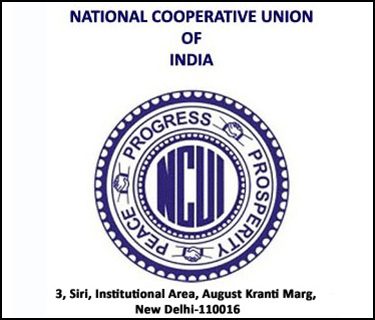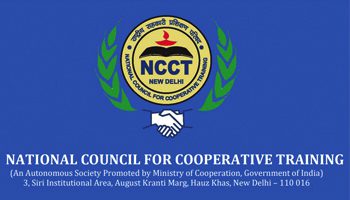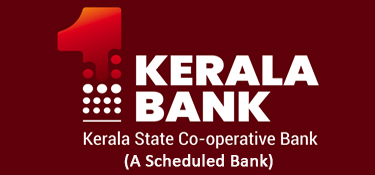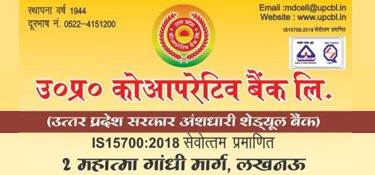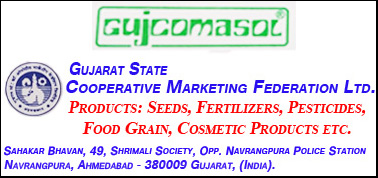Dr Daman Prakash
The One village one product movement is a Japanese regional development program. It began in Japan’s Oita Prefecture in 1979 when the then-governor Morihiko Hiramatsu advocated the program. Implementation started in 1980. Communities selectively produce goods with high added value.
One village produces one competitive and staple product as a business to gain sales revenue to improve the standard of living for the residents of that village. Among them are shiitake, kabosu, greenhouse mikan, beef, aji, and barley sh?ch?. Over 300 products have been selected.
Prime Minister Thaksin Shinawatra of Thailand initiated a similar program, One Tambon One Product and now has been adopted by various countries in the region with appropriate modifications e.g., China, Indonesia, Malaysia, Philippines, and the United States.
The guiding principles of the Movement are:
[i] Going local yet global;
[ii] Independence and Creativity; and
[iii] ‘One Village-One Product’ movement as a human resources development activity.
Logic of the Concept
The logic is straightforward: The main aim is rural development and job creation through financial, technical and marketing assistance; Encourage specialisation and brand development by partnering community skills with modern business practices; Use new technology and the Internet to link small producers with consumers-Economic development from the community level upward.
Business Development
Under the concept, community groups are encouraged to devise their own product ideas for development into business plans with due consideration to the following factors:
– Financial support can come from state development banks, private venture capital, or government’s own rural development projects, or from cooperatives and their federations and banks;
– Duplication in products is inevitable – can there is as many products as there are villages;
– In marketing facilitation government support is crucial;
– Products sampling: Varieties of fruits and vegetables; handicrafts, clothing, farm products, pickles, fish, ornamental plants;
– Focus on all local consumers. Markets abroad, Linkages with tourist industry and bulk users/consumers;
– Reacting buyers will depend on heavy state support to promote goods, given the limited resources available for community groups and start-up enterprises to spend on marketing and advertising;
– Caution: Encourage countries to shift their resources away from low-selling products to those offering more promising opportunities; and
– An area known for producing high quality lime, for instance, might first look to develop food stuffs taking advantage of the local produce. But if good failed to sell, the community might consider shifting to leatherwear or woven baskets to tap consumer demand.
What is important under the programme [concept] is having communities learning about joining and cooperating together about fostering an entrepreneurial spirit among people who wish to better their income potential. While some might fail, others could develop into full-blown small and medium-size enterprises.
Drawbacks
Of course, there are some drawbacks in the concept, but these can be overcome by finding a collective solution:
Focus is too much on the supply side with insufficient thought on demand; Fear of needless duplication; Differences between individual villages; Low production; Erratic supply; Lack of standardization; The question of acceptability; Problems of marketing; Low level of financial supply and high rate of interest; Financing institutions fear unless guaranteed by the state; Will the consumers be able to buy everything that is offered; In the beginning there will be a flood of products but how many can sustain themselves on various grounds e.g. quality, acceptability, pricing, continuity of supply etc.
The significant factor is the positive role that cooperatives can play to enhance the capacities and capabilities of their members. Cooperatives can offer credit, logistic support, and a market place. Times are changing in the business world, and if the cooperatives do not move with the time they are surely going to lose ground and the participation of their members.












